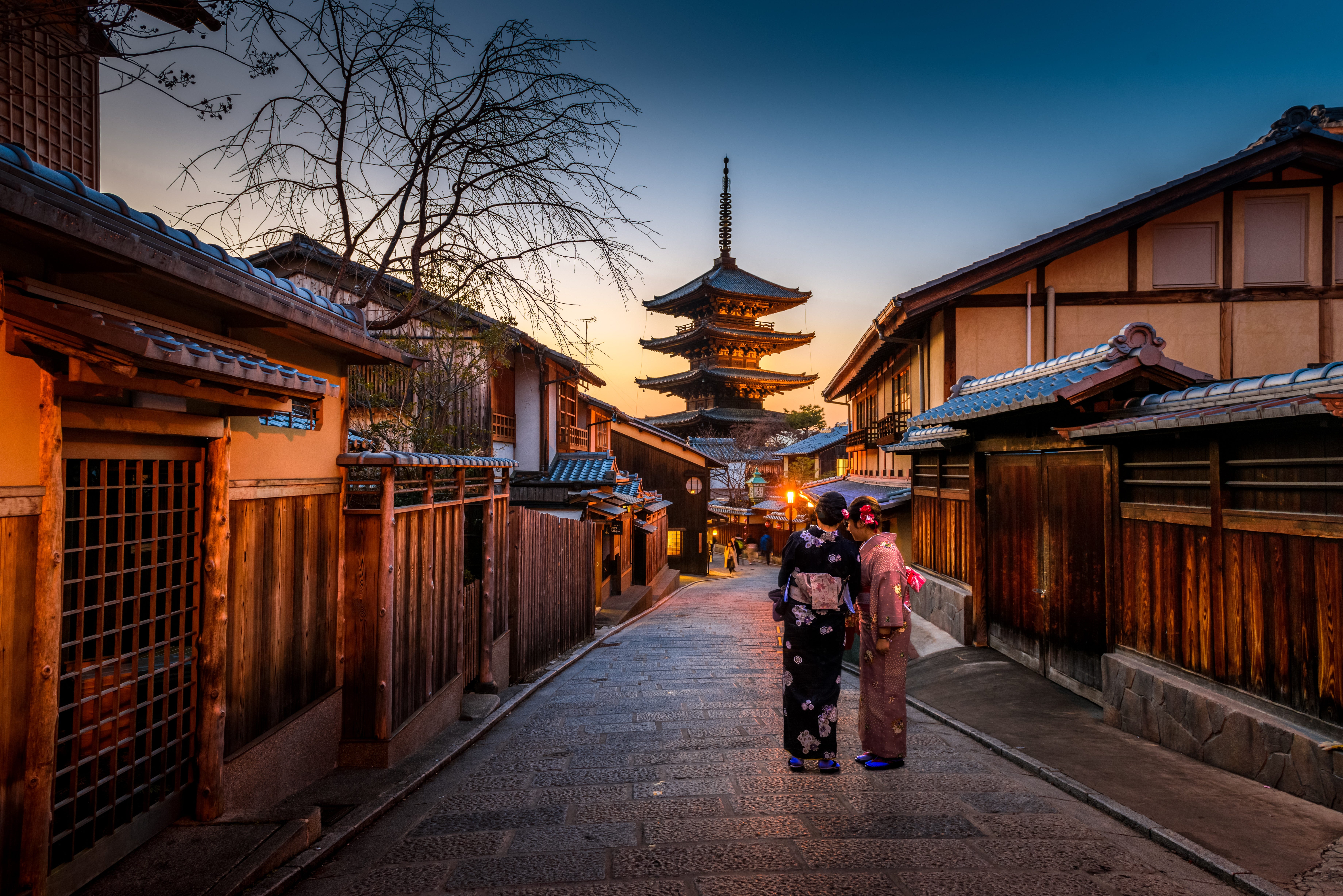Hello ladies and gents this is the Viking telling you that today we are talking about
JAPANESE ARCHITECTURE
Japanese architecture has been typified by wooden structures, elevated slightly off the ground, with tiled or thatched roofs. Sliding doors were used in place of walls, allowing the internal configuration of a space to be customized for different occasions. People usually sat on cushions or otherwise on the floor, traditionally; chairs and high tables were not widely used until the 20th century. Since the 19th century, however, Japan has incorporated much of Western, modern, and post-modern architecture into construction and design, and is today a leader in cutting-edge architectural design and technology.
The earliest Japanese architecture was seen in prehistoric times in simple pit-houses and stores adapted to the needs of a hunter-gatherer population. Influence from Han Dynasty China via Korea saw the introduction of more complex grain stores and ceremonial burial chambers.
The introduction of Buddhism in Japan during the sixth century was a catalyst for large-scale temple building using complicated techniques in wood. Influence from the Chinese Sui and Tang dynasties led to the foundation of the first permanent capital in Nara. Its checkerboard street layout used the Chinese capital of Chang'an as a template for its design. A gradual increase in the size of buildings led to standard units of measurement as well as refinements in layout and garden design. The introduction of the tea ceremony emphasised simplicity and modest design as a counterpoint to the excesses of the aristocracy.
During the Meiji Restoration of 1868 the history of Japanese architecture was radically changed by two important events. The first was the Kami and Buddhas Separation Act of 1868, which formally separated Buddhism from Shinto and Buddhist temples from Shinto shrines, breaking an association between the two which had lasted well over a thousand years.
Second, it was then that Japan underwent a period of intense Westernization in order to compete with other developed countries. Initially, architects and styles from abroad were imported to Japan, but gradually the country taught its own architects and began to express its own style. Architects returning from study with Western architects introduced the International Style of modernism into Japan.
However, it was not until after the Second World War that Japanese architects made an impression on the international scene, firstly with the work of architects like Kenzo Tange and then with theoretical movements, like Metabolism.
And as always have a chilled day from the Viking

Comments
Post a Comment